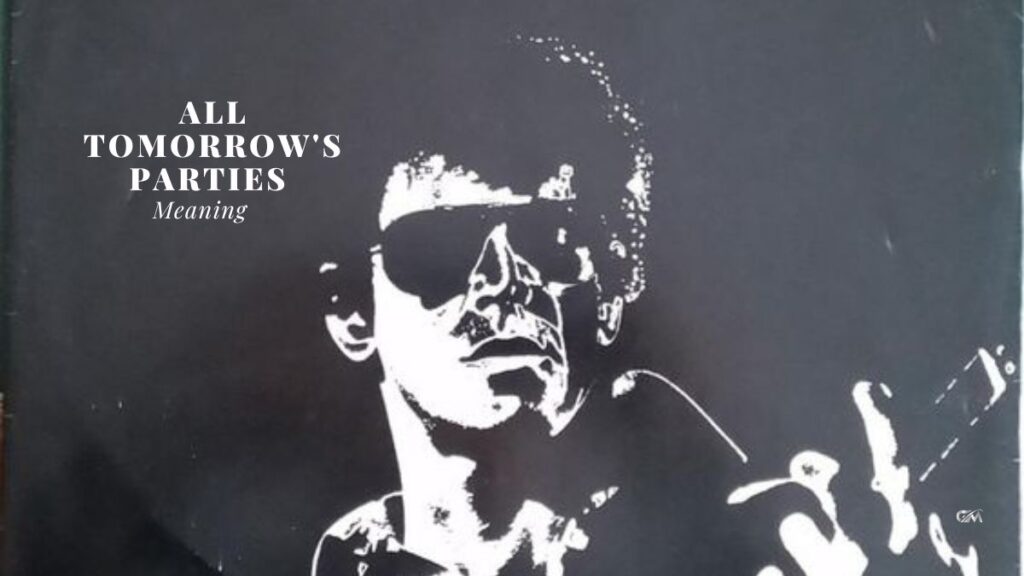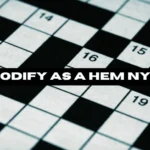“All Tomorrow’s Parties” is a phrase that resonates with a sense of nostalgia, longing, and a touch of melancholy. It is most famously associated with the song by The Velvet Underground, released in 1967 on their debut album, “The Velvet Underground & Nico.” The song, with its haunting melody and enigmatic lyrics, has captivated listeners for decades. But beyond the immediate impact of the music, the phrase itself invites a deeper exploration. What does it mean? What cultural, social, and artistic significance does it hold? This article delves into the multifaceted meanings of “All Tomorrow’s Parties,” examining its origins, interpretations, and lasting influence.
The Velvet Underground and Nico: A Cultural Milestone
To understand the significance of “All Tomorrow’s Parties,” one must first appreciate the context in which it was created. The Velvet Underground was formed in 1964 by Lou Reed and John Cale, and they quickly became known for their avant-garde style, blending rock, experimental music, and provocative themes. Their debut album, produced by the iconic artist Andy Warhol, was a groundbreaking work that challenged the norms of the music industry and set the stage for future genres like punk and alternative rock.
“All Tomorrow’s Parties” is one of the standout tracks on this album. Sung by Nico, a German model and singer who had a brief but influential collaboration with the band, the song features a repetitive, droning piano riff and a minimalistic arrangement that creates a hypnotic effect. The lyrics, penned by Lou Reed, describe a woman who is caught up in a cycle of attending parties, each one blending into the next, marked by a sense of inevitability and emptiness.
Lyrical Analysis
The lyrics of “All Tomorrow’s Parties” are both simple and profound. They begin with:
vbnetCopy codeAnd what costume shall the poor girl wear
To all tomorrow's parties
A hand-me-down dress from who knows where
To all tomorrow's parties
These opening lines set the tone for the entire song. The “poor girl” is a central figure, someone who is preparing for yet another party. The focus on her costume, a hand-me-down dress, immediately conveys a sense of poverty, not just in a material sense but also in an emotional and existential sense. She is trapped in a cycle of superficial appearances, using second-hand garments to fit into a world of endless social gatherings.
As the song progresses, the repetition of the phrase “all tomorrow’s parties” reinforces the cyclical nature of her existence. The parties are not unique events but rather indistinguishable from one another, each one a reflection of the last. This repetition creates a sense of monotony and futility, as if the parties are an endless loop that the girl cannot escape.
Themes and Interpretations
The Futility of Social Rituals
One of the most prominent themes in “All Tomorrow’s Parties” is the futility of social rituals. The song portrays a world where parties, typically associated with joy and celebration, become a symbol of emptiness and despair. The girl’s repeated attendance at these gatherings highlights the hollowness of her social interactions. She dresses up and participates, but there is no real meaning or fulfillment in these events. This can be seen as a critique of the superficial nature of social life, where appearances and conformity often take precedence over genuine connections and personal growth.
The Passage of Time
Another significant theme is the passage of time. The title itself, “All Tomorrow’s Parties,” suggests a forward-looking perspective, but one that is filled with repetition and inevitability. Tomorrow’s party will be just like today’s, and so on into the future. This can be interpreted as a reflection on the human condition, where time moves forward, but often in a way that feels stagnant and unchanging. The girl’s life is marked by a lack of progress, trapped in a cycle of sameness.
Alienation and Loneliness
The figure of the “poor girl” also embodies themes of alienation and loneliness. Despite being surrounded by people at these parties, she is isolated in her experience. The hand-me-down dress symbolizes her marginalization, suggesting that she does not belong to the affluent world of the parties. This sense of alienation is a common theme in The Velvet Underground’s music, reflecting the countercultural movement of the 1960s, which often emphasized feelings of disconnection from mainstream society.
The Influence of Andy Warhol
Andy Warhol’s influence on The Velvet Underground, and particularly on this song, cannot be overlooked. Warhol was known for his fascination with celebrity culture, consumerism, and the superficial aspects of society. His involvement with the band brought these themes into their music. “All Tomorrow’s Parties” can be seen as a reflection of Warhol’s worldview, where the repetitive nature of the parties mirrors the mass production and consumer culture that he so often critiqued in his art.
Musical Elements
The musical composition of “All Tomorrow’s Parties” is as significant as its lyrics in conveying its themes. The song’s arrangement is minimalist yet powerful. The droning piano, played by John Cale, provides a haunting backdrop that reinforces the sense of monotony and inevitability. The repetitive, almost mechanical nature of the piano riff creates a hypnotic effect, drawing the listener into the cyclical world of the poor girl.
Nico’s vocal delivery is another crucial element. Her deep, detached voice adds to the sense of alienation and melancholy. There is a coldness to her singing that mirrors the emptiness of the parties described in the lyrics. This detachment is heightened by the sparse instrumentation, which leaves ample space for her voice to resonate.
Cultural Impact
“All Tomorrow’s Parties” has had a lasting impact on both music and popular culture. The Velvet Underground’s debut album, though not commercially successful at the time of its release, has since been recognized as one of the most influential albums in rock history. The song itself has been covered by numerous artists, each bringing their own interpretation to its haunting melody and themes.
Covers and Tributes
Artists such as Japan, Nick Cave, and Siouxsie and the Banshees have covered “All Tomorrow’s Parties,” highlighting its enduring appeal. These covers often bring out different facets of the song, from the lush, atmospheric rendition by Japan to the raw, intense version by Nick Cave. Each cover serves as a testament to the song’s versatility and its ability to resonate with different audiences and generations.
Festivals and Cultural References
The phrase “All Tomorrow’s Parties” has also been used for various cultural events, most notably the music festival of the same name. The All Tomorrow’s Parties festival, which began in 1999, has featured a diverse lineup of artists and has become known for its eclectic and avant-garde programming. The festival’s name is a nod to The Velvet Underground’s song and its themes of alternative culture and resistance to mainstream commercialization.
Conclusion
“All Tomorrow’s Parties” is a song that transcends its immediate context, offering a profound commentary on social rituals, the passage of time, and the human condition. Through its haunting melody and enigmatic lyrics, it captures a sense of longing and disconnection that is both timeless and universal. The song’s influence on music and popular culture is a testament to its enduring power and relevance.
As we look to the future, “All Tomorrow’s Parties” serves as a reminder of the importance of authenticity and meaningful connections in a world that often values appearances and superficiality. It challenges us to break free from cycles of monotony and to seek deeper, more fulfilling experiences. In this way, the song continues to resonate, inviting each new generation to reflect on the parties of tomorrow and the choices we make in shaping our lives.







